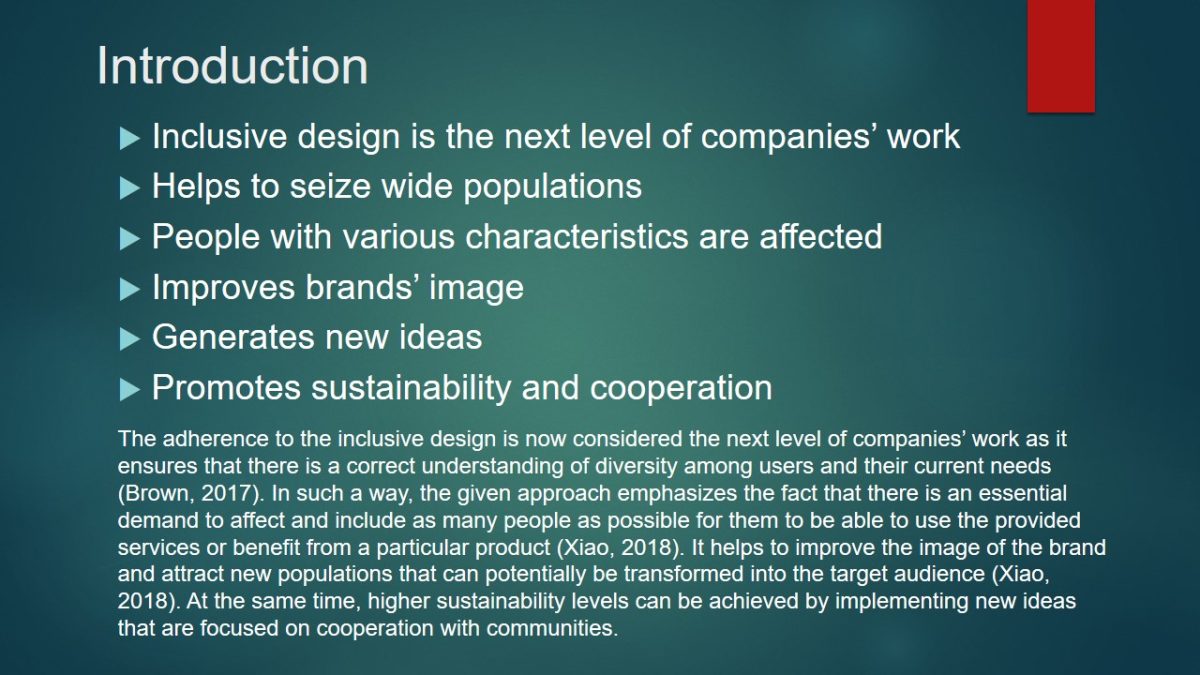How Does Architecture Respond To The Needs Of Accessible And Inclusive Tourism?

Welcome, folks! Today, we are going to talk about a topic that is very close to our hearts - Inclusive Design in Tourism. Not only because it's important, but also because it reminds us of our very own #VacayWeekend disaster.
If you don't know what #VacayWeekend is, it's when a group of friends plans a getaway weekend, and everything that could go wrong does go wrong. From missing reservations to food poisoning, it's like the universe wants to make sure you don't have a good time.
But, we digress. Today, we want to focus on Inclusive Design in Tourism. We have some pretty interesting insights and case studies lined up for you. So, without any further ado, let's dive in.
Why We Need Inclusive Design in Tourism
Let's start with the basics. What is Inclusive Design, and why is it important in Tourism? Inclusive Design is the process of designing products, services, and environments that are accessible and usable by as many people as possible, regardless of their abilities or disabilities.
Now, you might be thinking, "Why do we need Inclusive Design in Tourism? I'm a regular person, and I don't have any disabilities." Well, that's where you are wrong. Inclusive Design is not just about catering to people with disabilities; it's about creating a welcoming environment for everyone.
Case Study: Inclusive Design in Theme Parks
Let's take a case study of Theme Parks. Have you ever noticed how people with disabilities get priority passes to skip long lines? Have you ever thought about how that affects the regular guests?
Here's the thing, folks. Priority Passes for people with disabilities actually benefit everyone. By reducing the wait time for people with disabilities, the overall wait time for everyone gets reduced. It's a win-win situation.
But that's not all. There are other ways Theme Parks implement Inclusive Design. For example, they have wheelchair-friendly rides, accessible restrooms, and tactile maps for visually impaired guests. These small changes make a huge difference in creating an inclusive environment for everyone.
Why Inclusive Design is Good Business
Now, let's talk about the business side of things. Did you know that Inclusive Design is not only good for the society but also for business?
Think about it. If you create an inclusive environment, you are catering to a larger audience. That means more customers, more revenue, and more growth. It's a win-win situation for everyone.
Let's take an example of a hotel. If a hotel invests in Inclusive Design by having wheelchair-friendly rooms, accessible restrooms, and staff trained in sign language, it creates an environment that is welcoming for everyone. This expands their target audience to people with disabilities and their families. It's a smart business move that benefits everyone.
Inclusive Design in Destination Tourism
Now, let's move on to Destination Tourism. When we think of Inclusive Design in Destination Tourism, we generally think of wheelchair ramps and accessible restrooms. But, it's so much more than that.
Inclusive Design in Destination Tourism means creating an environment that is welcoming for everyone, regardless of their age, gender, race, ethnicity, religion, or sexual orientation. It's about creating an environment that celebrates diversity and inclusivity.
Here are some examples of Inclusive Design in Destination Tourism:
1. Multilingual Signage
When traveling to a foreign country, language can be a major barrier. That's why Inclusive Design includes having multilingual signage that caters to people from different countries. This creates a welcoming environment for everyone, regardless of their country of origin.
2. Gender-Neutral Restrooms
Gender-Neutral Restrooms are becoming more common in public places, and for good reason. They create a safe and welcoming environment for people who do not conform to traditional gender norms.
3. Accessible Transportation
Accessible Transportation is not just about having wheelchair ramps. It's about creating an environment that is friendly for everyone. This includes having visual and auditory alerts, seat belts that are easy to use, and staff trained in sign language.
Frequently Asked Questions
What is Inclusive Design in Tourism?
Inclusive Design in Tourism is the process of designing products, services, and environments that are accessible and usable by as many people as possible, regardless of their abilities or disabilities.
Why is Inclusive Design important in Tourism?
Inclusive Design is important in Tourism because it creates a welcoming environment for everyone, regardless of their age, gender, race, ethnicity, religion, or sexual orientation. It expands the target audience, and is good business.
What are some examples of Inclusive Design in Destination Tourism?
Some examples of Inclusive Design in Destination Tourism are Multilingual Signage, Gender-Neutral Restrooms, and Accessible Transportation.
What are the benefits of Inclusive Design?
The benefits of Inclusive Design are that it creates a welcoming environment for everyone, expands the target audience, and is good for business.
So, there you have it, folks. Inclusive Design in Tourism is not just a buzzword; it's a necessity. It creates an environment that is welcoming for everyone and expands the target audience. Let's create a world that celebrates diversity and inclusivity.



Post a Comment for "How Does Architecture Respond To The Needs Of Accessible And Inclusive Tourism?"